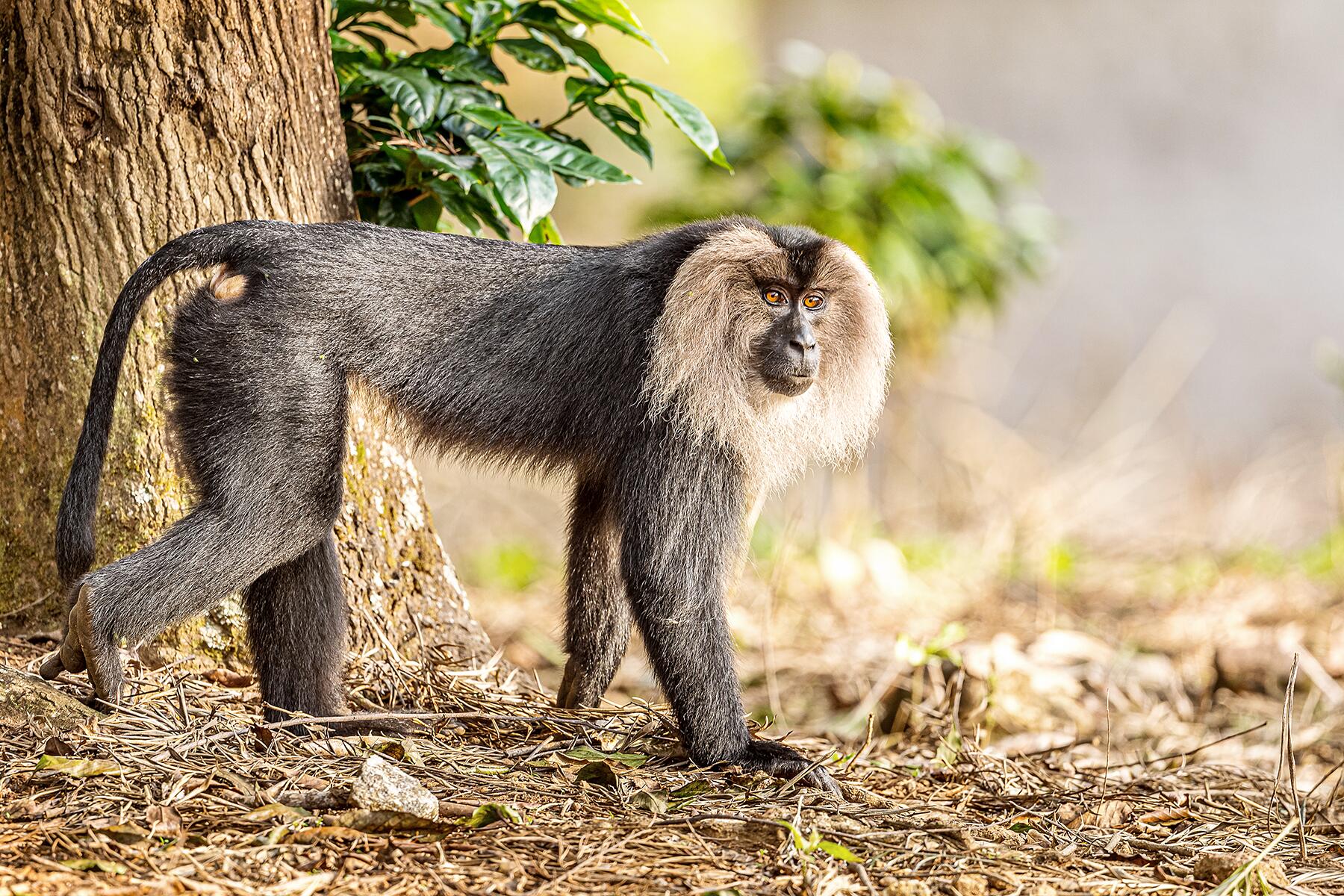What animal is special to India?

India is a country known for its rich biodiversity, with a variety of animals that are special to the region. One animal, in particular, holds a significant place in Indian culture and history. The national animal of India, the Bengal tiger, is a majestic and powerful creature that represents the country's strength and resilience.
The Bengal tiger is easily recognizable by its distinctive orange coat with black stripes, making it a truly iconic symbol of India. This magnificent big cat can be found in various habitats across the country, including grasslands, mangrove forests, and tropical rainforests. With its impressive size and strength, the Bengal tiger is truly a sight to behold.
One of the main reasons why the Bengal tiger is so special to India is its cultural significance. In Indian mythology and folklore, tigers are often associated with power, courage, and protection. They are sometimes even seen as symbols of the gods themselves, with their ferocity and grace inspiring awe and respect.
Aside from their cultural significance, Bengal tigers also play a crucial role in India's ecosystems. As top predators, they help maintain the balance of their habitats by controlling the populations of prey species. By conserving tigers and their habitats, India is not only preserving a symbol of national pride but also ensuring the health and stability of its diverse ecosystems.
Overall, the Bengal tiger is a truly special animal to India. Its striking appearance, cultural significance, and ecological importance make it a symbol of the country's rich natural heritage and commitment to wildlife conservation.

:max_bytes(150000):strip_icc()/top-hindu-deities-1770309-99589e3bc1194d1a91305195565e9cca.png)